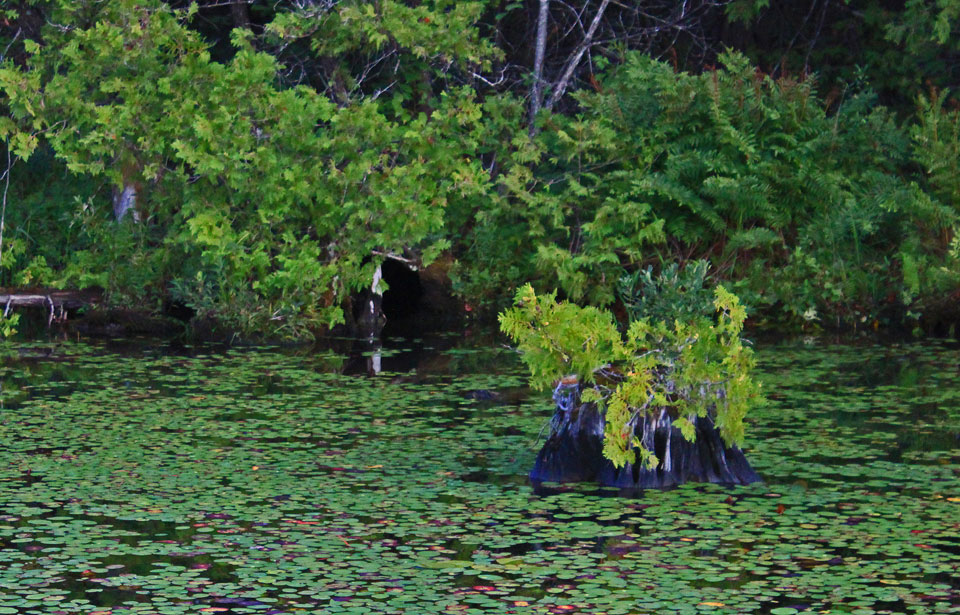Frogs and toads drink by absorbing moisture through their skin. They also need just the right amount of water to raise their young. They’re often so hard-pressed for water that they pick unsafe places like swimming pools as living quarters.
Building a pond can be an ideal way to attract toads, salamanders, and frogs to your schoolyard. Keep in mind that frogs need to hibernate every winter, and that it takes at least three years for tadpoles to develop into adult frogs. So, you’ll have to provide them with a permanent body of water — at least half a metre deep — if you want these amphibians to survive beyond their first summer.
- First check with your local by-laws inspector to see that there aren’t any restrictions on building this type of pool in your area.
- Find a partially shaded spot in your schoolyard that gets no more than four hours of direct sunlight a day. Otherwise, the algae growth in your pond could get out of hand.
- Before you start digging, make sure the pond will be within reach of a garden hose. (You’ll need to add water during periods of low rainfall or freshen up water if it gets stagnant in late summer.) It’s also a good idea to build your pond close to a garden or unmown section of your schoolyard, which will draw plenty of bugs and keep amphibian occupants well fed.
- Excavate a hole at least 3 m x 3.5 m x 50 cm deep, giving one side a gradual slope.
- Remove any stones or sharp objects and line the bottom with sand to a depth of 5 cm.
- Cover the surface with a 45-mil EPDM rubberized pool liner, black in colour, and put a little soil on top. Weigh down the outer edges of the liner with flat stones and enough soil that vegetation will grow around the border.
- Fill the pond with water.
- Add aquatic plants and fish. Aquatic vegetation can be planted in pots, then submerged at varying depths in the pond. However, if your water is chlorinated, let it stand for 24 hours first.
- Plant grasses around the edge of your pond to attract insects for hungry amphibians.
- Place a small island of rocks about 1 m from the edge of the pond as a resting spot for frogs and dragonflies.
- Don’t be disappointed if amphibians don’t take up residence in your pond right away. Sometimes they’re slow to expand their ranges.
- Never catch frogs or toads and relocate them to your pond. Amphibians have been known to travel over three kilometres to return to the pond where they grew up.
- For more ideas on building a schoolyard amphibian habitat, the Metro Toronto Zoo’s Guide to Wetland Creation is available free of charge in Ontario.Write to Adopt-a-Pond, Metro Toronto Zoo, P.O. Box 280, West Hill, Ont. M1E 4R5.
- Top up the pond water during dry spells. Freshen the water if it becomes stagnant in late summer.
- If you use a recirculating pump, remember to clean the filter once a week.



